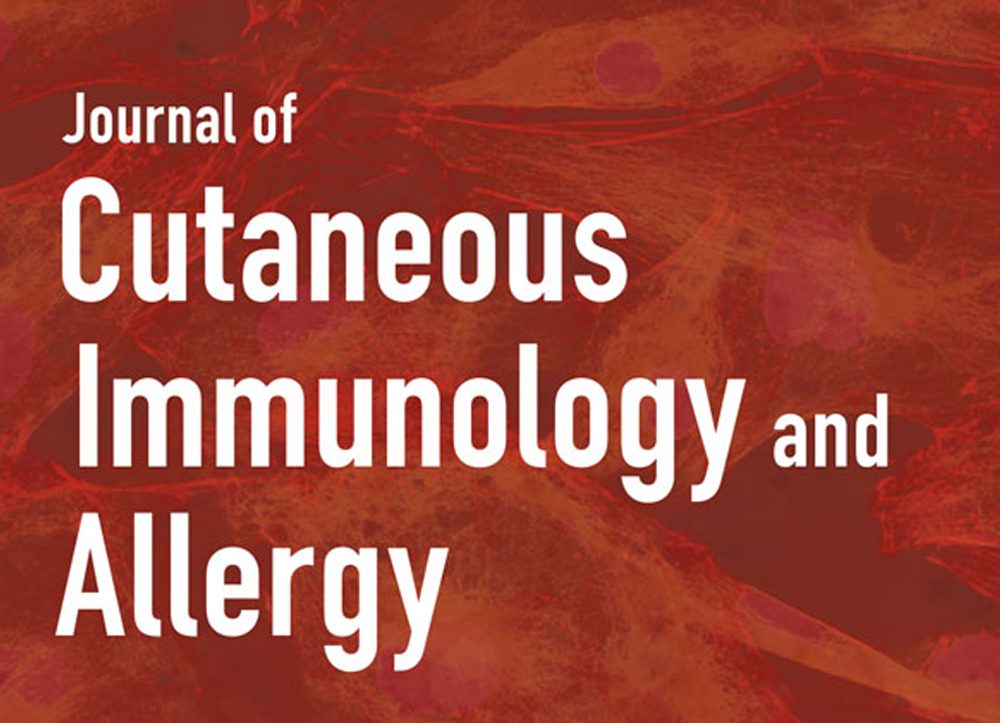Abstract:
Underrepresentation of diverse skin tones in medical education and providers’ implicit racial bias drives inequities in wound care, such as disproportionally poor outcomes for Black patients. Diagnostic indicators (e.g., erythema) can present differently depending on skin pigmentation. This post hoc analysis of 350 chronic wounds from a prospective 14-site clinical trial aimed to determine how the perception of clinical signs and symptoms of infection (CSS) differs by patient skin tone and if fluorescence-imaging (MolecuLight) can offer a more objective diagnostic solution. Participants were grouped by skin tone (low, medium, high) as measured by the Fitzpatrick Skin Phototype Classification (FSPC) scale. CSS and total bacterial load (TBL) were compared across FSPC groups, along with sensitivity to detect TBL >104 CFU/g using CSS alone and combined with fluorescence-imaging. Erythema was reported less often with increasing FSPC score (p = 0.05), from 13.4% (low), to 7.2% (medium), to 2.3% (high), despite comparable bacterial loads (median = 1.8 × 106 CFU/g). CSS sensitivity in the high group (2.9%) was 4.8-fold to 8.4-fold lower than the low (p = 0.003) and medium groups (p = 0.04). Fluorescence-imaging significantly improved the detection of high bacterial load in each group, peaking in the high group at 12-fold over CSS alone. These findings underscore the threat of pervasive racialized health inequities in wound care, where missed diagnosis of pathogenic bacteria and infection could delay treatment, increasing the risk of complications and poor outcomes. Fluorescence-imaging (MolecuLight) is poised to fill this gap, at least in part, serving as a more objective and equitable indicator of wound bacteria.
















